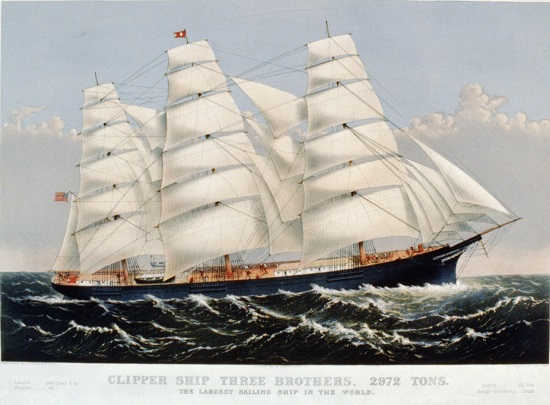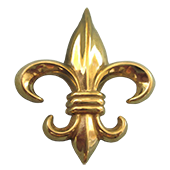How much are antique prints worth and how to tell them apart?
- Posted on 8th January 2021
- in antique and modern art, Antique Art, Antique Collection, antique dealers and buyers, Antique Prints
- by Alan
Lithiographs, Giclees, and Serigraphs- Oh My! How much are antique prints worth and how to tell them apart? Antique prints are a popular collectable; they are a good representation of history and showcase beautiful fine art. As they were more affordable than an artist original work, they were not as rare, and many people find them in auction sales and inherited estate collections. Fine antique print mostly retains their value over time if preserved correctly, but how can you identify true prints from modern reproductions?
As you can imagine, prints differ over time. Understanding the differences in appearances can help you determine the age of an unknown print.
The History of Art Prints

Antique prints from 1650 to the early 1800’s are part of the age of exploration. Subjects focused on foreign flora or fauna, however since most artists did not have first-hand knowledge of these, the likenesses are generally amusing if not realistic. The prints were typically made with engraved copper plates, and tend to show strong plate marks. Prints from this era were made on thick, handmade paper that was often uneven.
Similar subjects were the topics of antique prints from 1800 to 1850, however, they were far more realistic than those of previous years. Travelography prints were also quite popular. Expensive prints were created at this time in three new methods: lithography, aquatint, and stipple engraving. Paper was being made by machine and had a much thinner and more even look. Still, coloring was done mostly by hand.
From the mid-1850’s to 1900, lithography, with its speckled appearance, and steel plate engravings, providing finer lines, took off. The steel plates required less pressure, so plate marks were far less common and color began to be accomplished through machine rather than by hand. The paper was now much smoother because color lithography requires a smooth paper.
Identifying Age with Details
There are many different ways to tell print varieties apart. To begin, you will want to see if there are any signs of hand printing. Such signs include printing press impressions or ink smudges. Next, you will want to look for signs of age and the type of paper used. If you hold paper up to a strong light, you may be able to find a watermark. Additionally, prints can be roughly categorized into two main classes: those made from metal printing plates and those made from stone. Metal plates create engravings, etchings, and mezzotints. In each of these prints, you should be able to see the plate impression in the paper. Stones create lithographs. Prints made from either stone or metal plates were historically colored by hand, which produces a more delicate and layered appearance than machine printing.
What are the differences between common print types?
1. Giclee prints have the highest resolution and the largest color range. These prints are extremely accurate in terms of color accuracy and richness. Giclee printmaking offers the best representation of an artist’s original work.
2. Serigraphs are created with a silkscreen process. Paint is pushed through the screen onto either paper or canvas. This results in greater color density and color saturation. Due to the layering process, the final print has a beautiful texture.
3. Lithographs are not as expensive as either serigraphs or giclees because they are not as labor intensive. Lithographs have a high resolution, but they do not have the same color density as the more expensive techniques.
It is difficult to tell the difference definitively between an antique print or mid-century vintage print and a good reproduction. Using a magnifying glass might help you, but a professional can give you an insight into the article. If you find a very regular pattern of dots, you know that you have a modern reproduction. Also, look for wear, printer’s ink or smudges, the watermark, or plate marks. For an accurate determination, a professional antique broker will appraise your pieces and determine their value. A local antique dealer can offer you an appraisal along with the best price for selling the item, contact Sarasota Antique Buyers for a well-rounded market evaluation.
If you possess antique prints or art prints as shown in the picture above and you are willing to sell them, please contact us.
